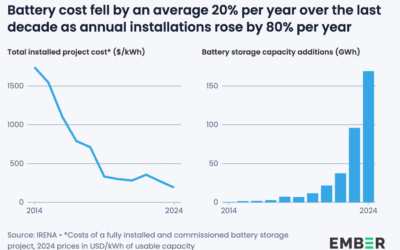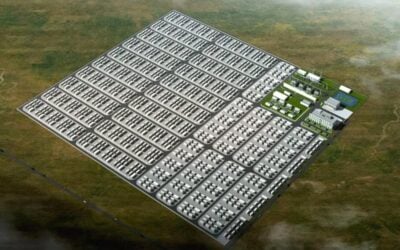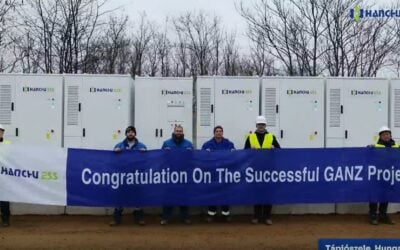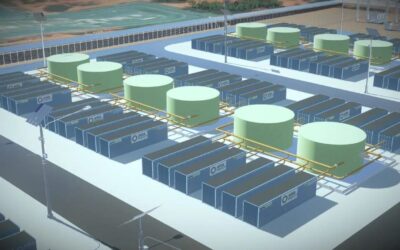Image: Flickr user Allas 0591
Strategic planning of Chinese industry at a state level could see electrical energy storage installations grow in importance, rocketing to as much as 24GW by 2020, according to one analysis firm.
Asia Europe Clean Energy Advisory Co Ltd (AECEA) said in a report sent out today that electrical energy storage as the “next big thing” could represent China’s “solar PV 2.0” moment. The firm’s China expert Frank Haugwitz included a look at energy storage as the closing segment to a briefing paper on solar market development.
Haugwitz said that while around 105MW of EES systems were installed by the end of 2015, under a business-as-usual scenario AECEA anticipated the market reaching 14GW and 24GW under a more optimistic modelling.
The reasoning given for this was that, in common with solar PV, which received a huge amount of government backing and has gone beyond 10GW of new installations each year since 2013, China has identified opportunities in the energy storage industry. Government officials in Beijing consider the development of an energy storage industry domestically to be “strategically important,” Haugwitz wrote.
Try Premium for just $1
- Full premium access for the first month at only $1
- Converts to an annual rate after 30 days unless cancelled
- Cancel anytime during the trial period
Premium Benefits
- Expert industry analysis and interviews
- Digital access to PV Tech Power journal
- Exclusive event discounts
Or get the full Premium subscription right away
Or continue reading this article for free
The country appears keen to capture the industry’s value domestically and has included electrical energy storage in its “13th Five year plan on science and innovation” as well as its “National energy administration energy innovation action plan (2016-2030)” in which it also included solar as one of 15 key technologies.
“In light of these recent developments, it is obvious that EES applications are high on the political agenda, in order to make sure that Chinese companies will be in the position to meet the anticipated future demand,” Haugwitz wrote.
According to Haugwitz, industry observers now expect that the forthcoming “13th Five year plan for solar energy development (2016-2020)” will include policies designed to drive up demand for EES.





